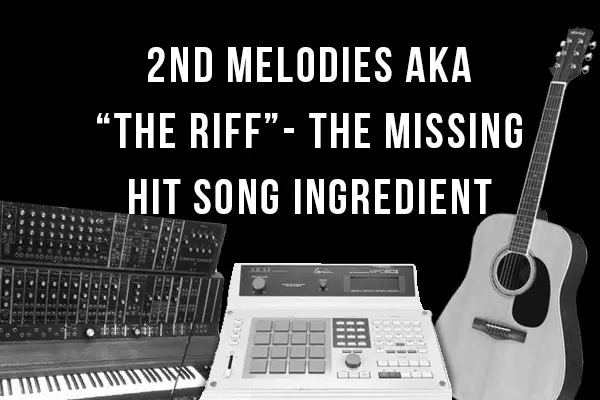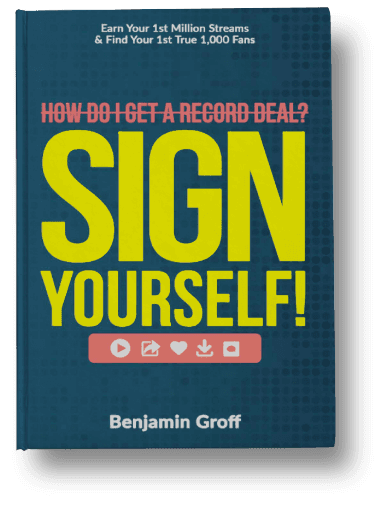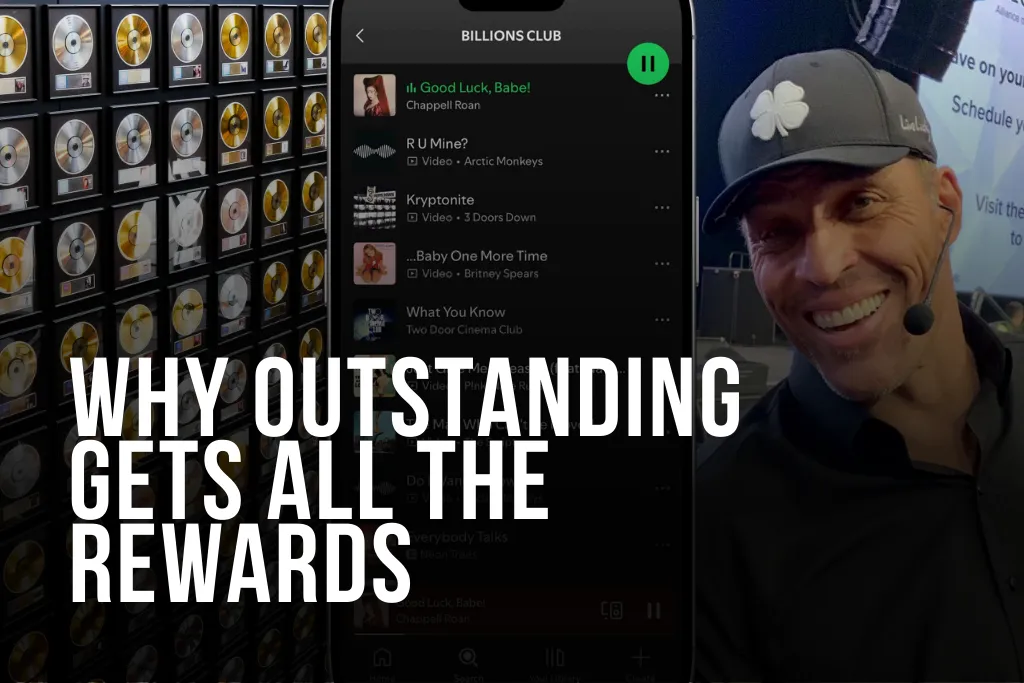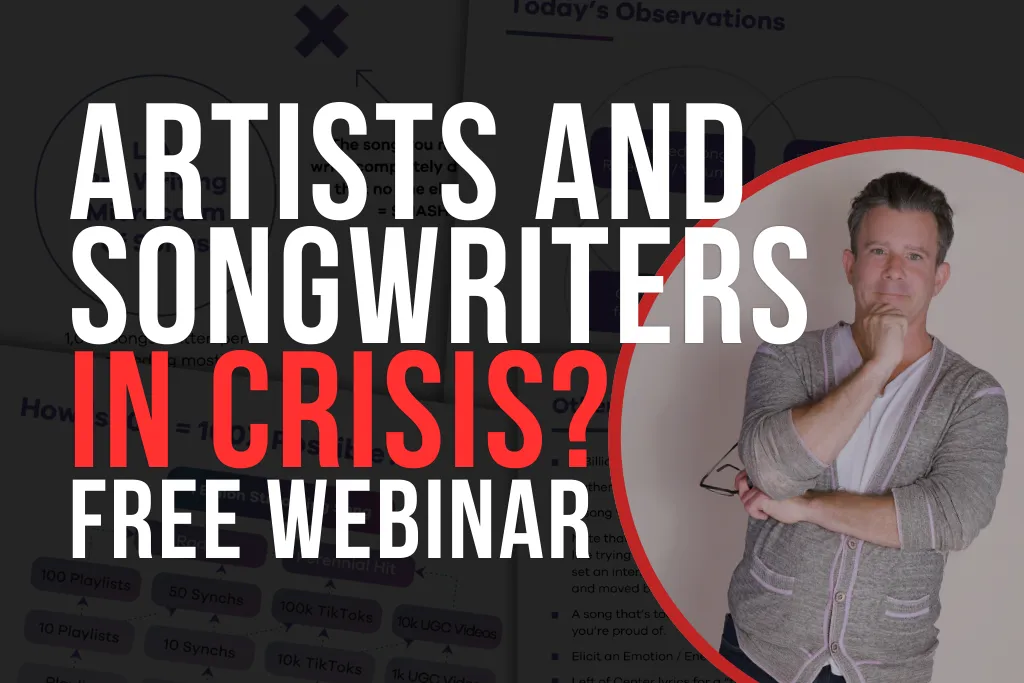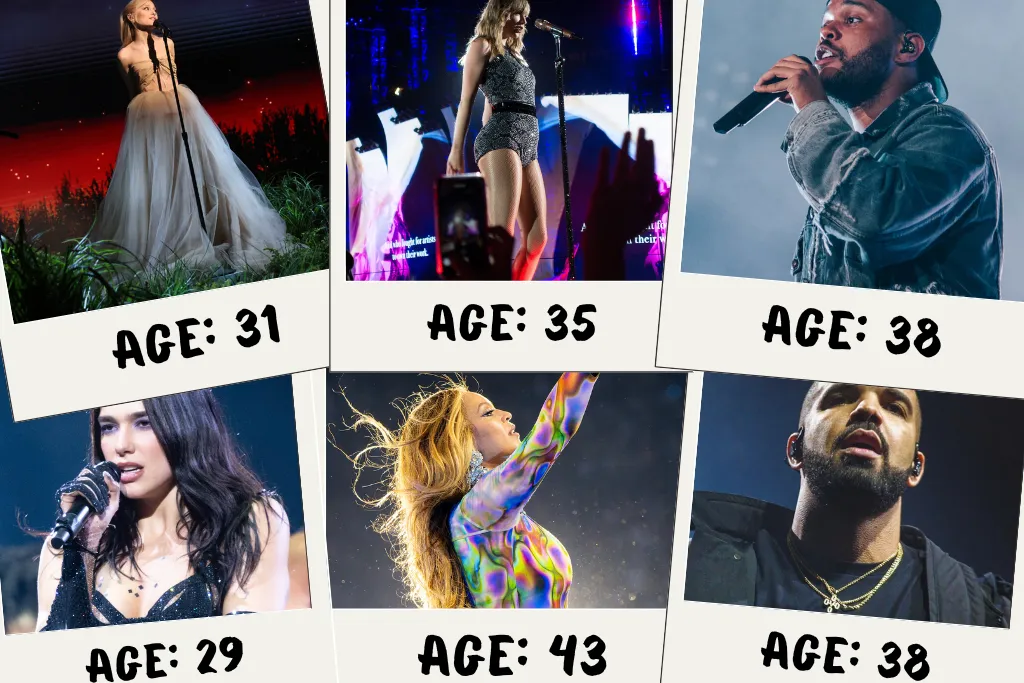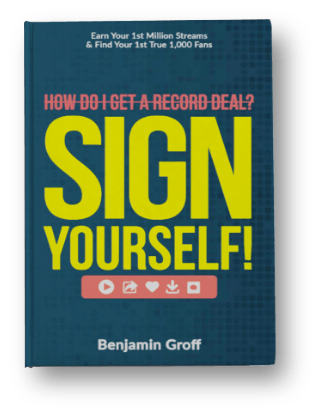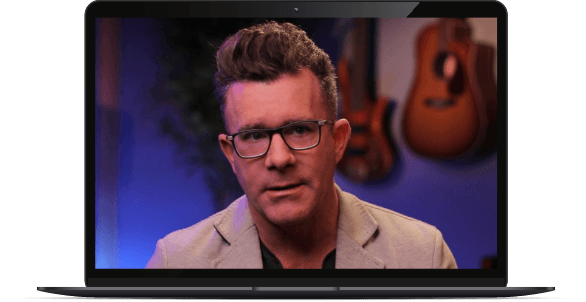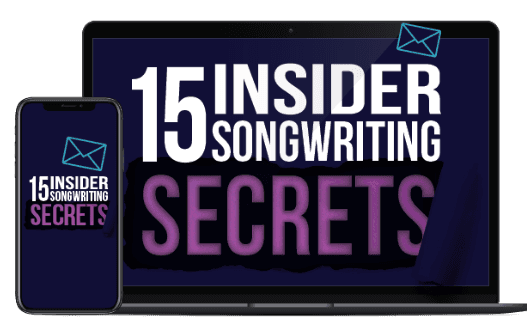Ahh, the “2nd Melody” aka the vitally important yet usually overlooked magical hit factor of “The Riff.” If you’re not already switched on to this idea, I really think this could be a huge insight for you.
Now, not everything can be filtered down into a hit songwriting formula, but if there ever was a cornerstone of hitmaking – this is a core piece. And I remember how I came upon this mini epiphany … especially since it took 20 years into my publishing career to figure this songwriting technique out (and also a concept I really just don’t hear anyone talking about). Here’s how it happened.
Gather round, kids, let me let you in on a little secret. Gather ‘round. No, not you Naan Bread!
Story Time.
A key professional, hit songwriter came into my office for a creative meeting, and to frame the timing, this was back when I was working at Kobalt Music Publishing. We were listening to one of her new songs – which was legitimately really, really good. But something – hmm, something just wasn’t firing on all cylinders.
I couldn’t put my finger on it.
And then … I realized …
The demo. The melody. The … Chords.
Even though it was a full demo – and all the main elements in the production were there (i.e. bass, guitar, drums, vocals, etc) – essentially the core of the song was presented as a melody (which she was singing) and the harmony really being just chords. Plonk. Plonk. Plonk. Strum. Strum. Strum.
Now, this is not out of the ordinary. But for a visual representation … it kinda looked like this:
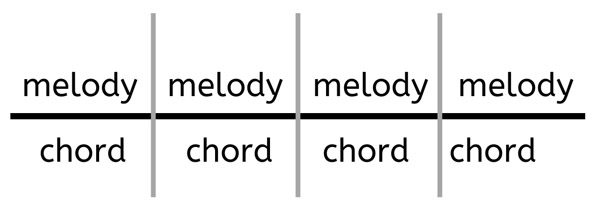
Nonetheless … something just wasn’t “igniting” for me on this song.
And then …
That’s when I realized that the truly great songs and hits of our time – usually have more than one melody going on at the same time.
BOOM!
Yes! It’s a second, or even third melody happening concurrently with the actual lyric/melody the vocalist is singing.
In other words what if the song looked more like this? – Replacing the “Chord” in that equation with instead – a 2nd melody!?
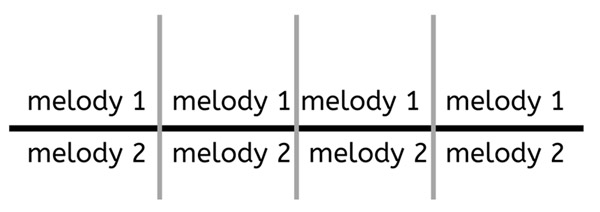
Still with me? Now, of course here to clarify, we are talking about making hits! So if you just want to just have some “nice” songs – sure you can continue just using your “nice” chords. And by the way, if you want to know “how much does a songwriter make per song” – I did a whole huge post here!
But as it relates to the “2nd melody” theory, let me further unpack this mindset shift, but first, you’ll need to roll with me on the following premise:
THE HUMAN BRAIN LOVES TO SING MORE THAN ONE MELODY AT THE SAME TIME!

I know what you’re saying. “Bro, dude – c’mon … you can’t sing more than one melody at the same time!”
Ummm – Yes you can! And yes, you already are doing this. Let me give you an example.
Below is what they call a Bach 2 Part Piano Invention. It’s comprised of 2 melodies.
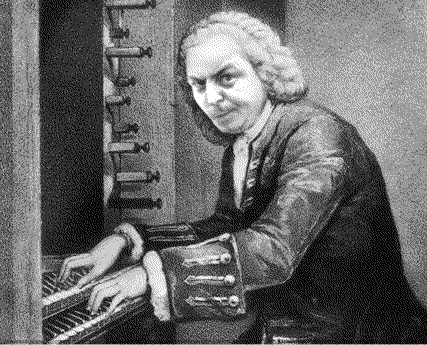
Each melody is beautiful on its own – and each exists independently. But! Put them both together and the piece is even more incredible. It’s what they also call counterpoint.
Which melody would you be singing in your “mind” or – experiencing? Probably both, right?!
Fast forward a few hundred years – and we have this classic: AC/DC’s “Back in Black.” Please play the below and REJOICE.
Yes, Angus Young’s signature guitar riff. AMAZING.
I wouldn’t be surprised if you’re air guitaring while listening. You might even be “singing” the riff vocally or at least vocalizing it internally in your brain.
So, stay with me here. The guitar riff in “Back in Black” would be “melody #2” in the above previous equation (replacing the previous “chord + chord + chord” area). The riff – IS. A. MELODY!
And then – Brian Johnson’s ripping vocal comes in.
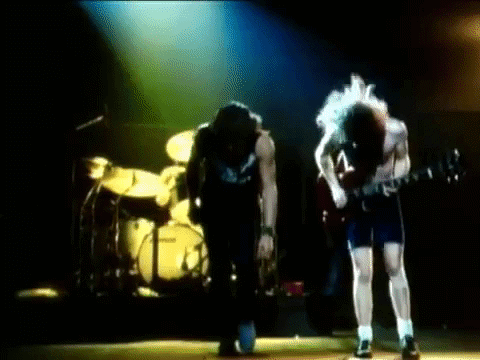
“Back in black / I hit the sack / I’ve been too long I’m glad to be back / Yes, I’m let loose / From the noose / That’s kept me hanging about / I’m here to say I’m back to be black”
Whoa. OK that’s Melody #1 (the lead vocal, of course).
And now – you betcha, both that amazing guitar riff and the vocal – well, guess what – they’re both “playing” at the same time.
So – I have a question here for you:
Which of those melodies are you singing? The blazing guitar riff? Or Brian Johnson’s scorching vocal. Maybe you switch back and forth? Or is it both – at the same time? Bingo!
Personally, that’s how I do it. I experience and “sing” both of those elements at the same time.
This is what I call MODERN COUNTERPOINT.

If you dig further on this concept … you’re going to have your epiphany of the year – and certainly maybe even a million bucks in your future songwriting royalties, if you really apply this concept.
Epiphany of the Year and secret sauce of the hit songwriting formula … the brain loves to sing more than 1 melody at the same time. It’s what I call the “2nd melody.” HINT: if you’re in a rock band – you’re just going to call that 2nd melody “the riff.”
But referencing the above note, however, these just aren’t “guitar” riffs. When it comes to writing a hit song, 2nd melodies can show up as many elements in the song.
For example:
- A signature bass line (don’t forget – a bass line is a melody!)
- Any riff by any instrument i.e. synth pattern / figure
- A signature arpeggiation that outlines the chords and harmony
- Small “figures” that outline a chord and “add up” as harmony, etc!
It’s pretty simple. And adding to simplicity, my guidelines below outline how to use this 2nd melody concept … basically, in my opinion, what qualifies and what doesn’t.
And now – before we get into the nitty gritty – I wanted to mention that this “2nd Melody” theory is just one small element of a 5 hour Teachable course I’ve released called “Insider Secrets to Hit Songwriting.” This course unpacks all my 25 years of knowledge in the music publishing field – having signed, worked and developed multiple Grammy winners and nominees and virtually over 100 hit songwriters. Booyah! So, since you’ve read this far – I’ll give you a special coupon for 20% off by using this coupon code: BENJAMIN20. Here’s that link for the course where (I think) you can pick up a million bucks of information for under $100. Deal!
Now, back to our program. Here are some ground rules for using 2nd melodies to make hit songs.
2nd Melodies/Riffs Guidelines
-
2nd Melodies/Riffs must be signature and copyrightable.
In other words – no one will really care about your little “ditty” that you can’t register paperwork with the library of congress. For example, there’s no way you can use the amazing guitar riff / arpeggiation in The Police’s “Every Breath You Take” without getting sued by Sting (unfortunately and apparently, Andy Summers wouldn’t be involved in that lawsuit, but that’s a different blog post).
-
2nd Melodies/Riffs must be able to completely identify the song – outside of the actual lyric/melody the vocalist sings.
To use The Police’s “Every Breath You Take” as an example – just by performing that guitar riff – well, we all knows the song is “Every Breath You Take,” BMI’s #1 most performed song of the year, even before we would hear the vocal!
Since we’re talking about the modern classic “Every Breath You Take,” let’s take a look and listen.
Yup, there’s a reason this song is a classic! But let’s break this down a little and take a listen to the actual riff aka the 2nd Melody – Check out the below for the 2nd element / 2nd melody of the song which brings the magic and hit factor.
Doubt Me?
OK. Let’s take a look at a playlist I’ve put together below.
It doesn’t matter if the song is from Billie Eilish, Michael Jackson, Judas Priest, Justin Bieber, The Weeknd, Missy Elliot or Nine Inch Nails. The master songwriters use 2nd melodies all. the. time.
Best of 2nd Melodies Playlist
So hopefully this is clicking and you have your massive epiphany! Perennial, classic and hit songs in any genre, in any decade – usually have a 2nd melody going on within the song.
I mean just imagine if “Every Breath You Take” was just “strum/chords + strum/chord + strum/chord?!” Not as fun. Not as catchy. You see, it’s that signature arpeggiation riff (the 2nd melody) that helps makes the song a classic, and helps sends the “hook factor” signal to the brain.
Now, from the same decade as The Police – let’s look at another great example. Try to imagine The Eurythmics “Sweet Dreams Are Made Of This” with the harmony / backing track as just a stock piano chord: plonkedy + plonkedy + plonk. BLAH!
There’s no way, at least in my opinion, that that song would be as huge as it is today.
Let’s just look at the synth pattern here of “Sweet Dreams are Made Of This” – The Riff aka the 2nd Melody.
Bingo x 3000!
But don’t take my word for it. Let’s ask my own personal favorite artist of all time, Trent Reznor aka NIN – and see if he uses any 2nd melodies?
Holy “s” balls. You bet!
By the end of this song, Trent has like 3, 4, 5 and more melodies going on: at. the. same. time. And it’s A M A Z I N G.
Now, with many songs … it might not be that both the chorus and the verse uses this 2nd melody game going on. There doesn’t always have to be a 2nd melody occurring in every section of your song. You also need contrast – which is a whole other game and a whole other book!
In other words:
A hit song or a classic might have this 2nd melody idea taking place in the verses. In another song, this method might be used during the chorus. In some songs – it’s used in both the verses and the chorus!
For another metaphor that hopefully seals the concept and importance of the 2nd melody protocol and writing a hit song- try out this concept.
Imagine you have a really nice stereo system. You’ve got a woofer, a mid and a tweeter.
But imagine you’re listening to say – Notorious B.I.G. and the woofer is blown. Or a great classical flute concerto and the tweeter is disconnected! Or really – it doesn’t matter. No matter what you play on that stereo – it’s kinda going to sound like crap (or certainly not as good AT ALL – as the other stereo down the hall (i.e. your songwriting competition), where the woofer, mids and tweeters are all working perfectly).
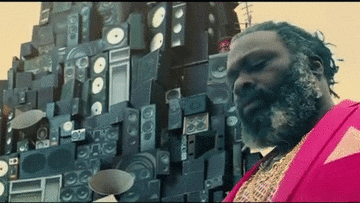
It’s just like that in songwriting. You want the maximum hit potential!
Having no 2nd melody in your song is equivalent (to me) as having a nice stereo system with one of speaker cones smashed in.
Your ears (in this case your brain) are just not getting those frequencies! Blahsville!
It’s exactly the same with amazing, hit songs.
These hits songs are firing and sending the “right” signals to your brain.
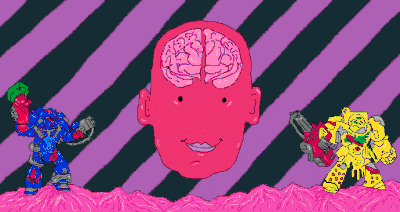
It’s FIRE! It’s ON!! Simply put … having no 2nd melody in your song is absolutely analogous (at least to me) with one of your 3 way stereo systems misfiring or the right channel unplugged.
In other words – no one wants to listen to, come over, and hear your busted speakers when it comes time for Friday night dance party.
Now, I have one, maybe two other little pieces of morsels and food for thought to complete the idea on the 2nd melody hit songwriting formula.
2nd Melody/Riff Takeaways
- If you are a producer…your royalties, paychecks and producer fees will likely be equal to your level of catchy 2nd melodies. Or do you even have 2nd melodies in your tracks/productions? So pay attention! Develop those 2nd melodies! And if you’re not a player – then hire someone or collaborate! Focus on this. It’s your secret sauce and meal ticket to perennial hit songs.
- If you’re a top liner and you’re in a session and you realize … “hmm, jeez – there ain’t no “2nd melody” in our song,” you can’t just think to yourself … “Well, I’m not the producer. I can’t say anything.” NOPE. That’s no excuse! You are “producing” a song and “manifesting” this song into existence. SPEAK UP! It could be as easy as just saying – “Hey I know I’m not making the track here or in the producer’s chair but I think we need some type of signature riff here.” And then … make it!
Now – here’s the last trick.
Let’s say you’ve finished the song and … “Oh snap-o-doodle – we don’t really have a great riff or 2nd melody!”
“No problemo,” as a young John Connor once said to Arnold in Terminator 2.
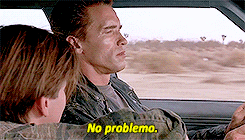
Here’s the solution:
- Keep your existing chord structure / harmony (assuming you like it) and then…
- Mute the actual chords.
- Write a signature riff or a bass line melody, or arpeggiation or something memorable and copyrightable around those chords…
- Keep the previous “chords” (you know the plonk + plonk + plonk chords or pads, etc.) muted. It’s likely you don’t need them anymore! Why? Your new riff – is likely outlining those chords!
As per outlining the chords, Michael Jackson’s “Billie Jean” is a great example.
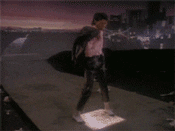
You have a signature bass line (and by the way – a signature drum beat too – a DJ merely needs to play the opening 1st measure of drum beat – and everyone knows it’s “Billie Jean” – hmm, food for thought), and then you have small little other “figures” and arrangement “moments” outlining the chords! Voila!
I mean, check out this multitrack/stems session from “Billie Jean.”
Can you hear all of those signature little melodies – that together (the bassline – the synth stabs – the strings – the guitar lick, etc) – build a complete harmonic package?!
BINGO FACTOR GENIUS LEVEL! YOU GOT IT!
In wrapping up this post, I know we all wish we had a magic songwriting formula where we could just insert some variables and – voila, out comes a hit song. You know like MR + 2M + ULC = H.
Well, it turns out – I just gave you the formula. So listen up! Here it is:
What is the Songwriting Formula? (H2/H3)
MR = Melodic Rhythm. Here’s the full post to check it out!
2M = 2nd Melody – this is the post you’re reading : )
ULC = Unique Lyric Concept = here’s the full post to unpack the knowledge.
H = you guessed it – HITS!
In my humble opinion, while there are lots of other song variables that come into play – this is the magic hit triage. If you look back to any decade, any genre – if the song is a charting hit – it usually will have at least 2 out of these 3 elements – and often, likely all 3!
And if you want to do deep dive further – you can check out that Teachable course I previously mentioned, containing over 25 video modules, where I unpack all the song goodies in the Insider Secrets to Hit Songwriting course.
So here’s your homework.
- Check out and listen to your most streamed songs of the year. Or pull up the Billboard Hot 100, your favorite songs from the 80s, 90s, or the song you wish you would have written – whatever!
- Examine how many of these songs use 2nd melodies. Hmm. My hunch is it’s probably going to be 90% of them (assuming you have good taste). (Piano ballads – maybe not so much : )
- Be cognizant when you’re out and about and listening to the radio, etc … and listen up for ‘dem 2nd melodies. That’s right – take the next month and make it “2nd melody month” and really dig into those underlying hooks complimenting the main vocal melody.
- In your next writing session, try writing from a place of 2nd melodies first. Or, if you’re a producer (or even topliner) fill up your reservoir of song starts and tracks with those that have killer 2nd melodies.
- Or simply … just add “2nd Melodies” to your checklist and make sure they have them at the end of the session!
You’ll be shocked and pleasantly surprised applying this secret songwriting tip … especially when the royalty checks start showing up in your bank account (and please … remember me when it’s time to do a publishing deal : )
Hope it’s helpful.
